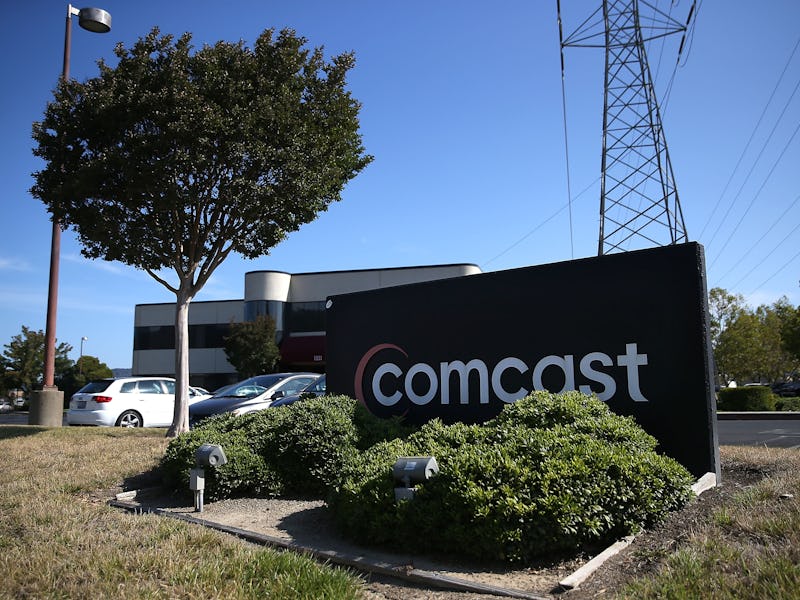Cord Cutting Could be a Fad, Like Cable Television
Over the next few years, probably; over the next few decades, nope.

Amy Banse, a top executive at Comcast Venture, threw some serious shade at a recent industry conference during the handful of streaming services, announcing that so-called cord cutting is nothing more than a media-hyped fad. Comcast customers, she was happy to report, are channel surfers through and through. Yes, it was all pretty self-serving, but she wasn’t misleading the audience either.
As reported by Exstreamist, cord cutting alternatives like Netflix and Hulu attract an audience that also has cable television subscriptions. However, one doesn’t necessarily affect the other. At this exact moment in time, that appears to be true. A quick look on Google Trends suggests that cord cutting has seen a steady rise in interest in the past decade, going through peaks and valleys, but steadily trending up. Compared to cable television searches, cord cutting barely registers.
Banse, sitting comfortably atop her golden throne of television exec privilege, seems to be on to something.
But the accusation of fad-hood becomes questionable when you look a bit closer at the data mountains. While streaming services keep striving to inch up in numbers, cable is falling fast. This suggests that cord cutting might be a niche thing, but that cable is burying itself in a hurry. Looking at the cord cutting numbers shouldn’t scare the cable industry, looking at the cable industry should scare the cable industry.
Banse may be calling cord cutting a media fad right now, but it’d be wise to check in with her and the state of cable television in a few decades.